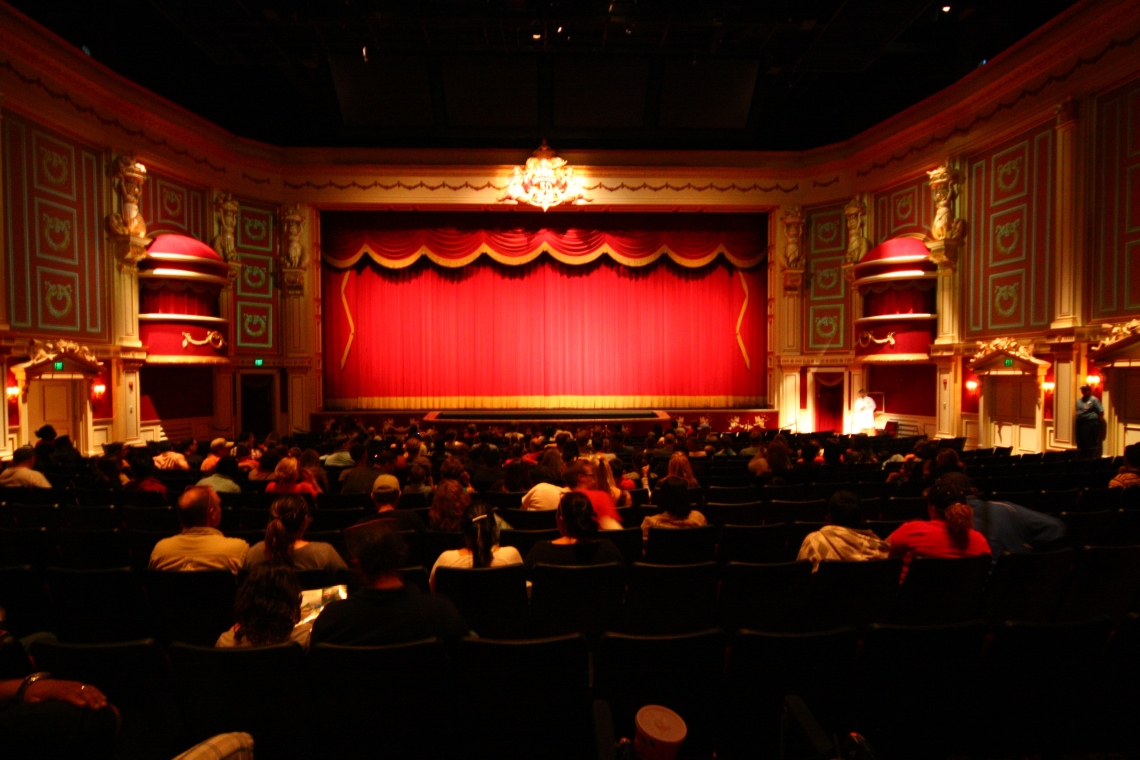
Exploring alternative forms of resistance literature
Resistance literature can be written in many different forms. In the book of essays, Gender on the Borderlands, author Antonia Castaneda highlights one of the alternative forms of literature that not only speaks to the Chicana experience but can be analyzed as a form of resistance. The author of the essay Yolanda Broyles-Gonzalez explores the “Performance Artist Maria Elena Gaitan” and how the theater performer expressed her history and experience through her plays.
Before exploring Gaitan’s work through Broyles-Gonzalez’s writing it is important to explore what is resistance literature. In the book review of Barbara Harlow’s novel Resistance Literature, Erin Hurt defines ‘resistance literature’ and what it can be applied to. Hurt describes Harlow’s novel as a “foundational text in the field of post colonial writing” that called for “a wider, more serious consideration of previously ignored… texts” (Hurt). The term resistance literature can be applied to any “literature [that] represents an essential ‘arena of struggle’ for those peoples who seek liberation through armed fighting from oppressive colonialism” (Hurt).
In Broyles-Gonzalez’s essay, she discusses Gaitan’s plays and how they best explored the performer’s experience as a Chicana and how that translated to her plays. Broyles-Gonzalez emphasizes that the plays were important forms of expression for Gaitain as they created “some degree of kinship, exchange and even a casual relationship” therefor making them ideal to express “today’s women performance artist [that] also incorporate[d] high tech elements” (87-88). Gaitan’s performances not only had “the freedom to be radically countercultural and creative because they are neither tied to the censorship and aesthetic expectations” they were also no “tied to dominating men” (88). One piece highlighted by Broyles-Gonzalez reviews and describes the piece the “Chola con Cello: A Home Girl in the Philharmonic” as containing “affirm[tion]s [of] human and artistic freedom by combining and… reconfiguring disparate elements of creative cultural possibility [while embracing the] bilinguality, and the breaking of gender expectations with a cello” (93). Through her performance pieces Gaitain embraced the qualities that made her different and used a modern medium to get her point across.
Gaitain methodically thought out not only her performance pieces down to the costume and her persona, but to the very venue that shared her work. Broyles-Gonzales described these venues as “alternative spaces” that Gaitan actively sought out (93). The performer “refused to perform in the kinds of institutions that silence truth, that make mincemeat out of truth, that exchange paychecks for discretion.” Through this Gaitan not only chose to speak the truth, but “perform[ed] a ritual of collective self-definition and remembrance in a society that systematically cultivates historical amnesia and oppressive boundaries” (93).
For Gaitan, her plays, performance and venue spoke to the nature and dedication to her craft. She not only sought to speak the truth but look for alternative forms that people could relate and experience her work. Through her theater work, she not only expresses to the audience the nature of her struggle as a Chicana but the difficulties of exploring one’s hardships and relaying that to the audience. Instead of simply writing a novel, or a poem, Gaitan performs and displays her hardships through her performances. In this way, as described by Broyles-Gonzalez and Hurt, Gaitan’s performances are an alternative form of resistance literature.
Citation
Broyles-Gonzalez, Yolanda. “Performance Artist Maria Elena Gaitan.” Gender on the Borderlands: The Frontiers Reader. By Antonia Castañeda. Lincoln: U of Nebraska, 2007. 87-103. Print.
Harlow, Barbara. “Erin Hurt on “Resistance Literature”” The Digital Writing & Research Lab. Metheun, n.d. Web. 10 Oct. 2016.
